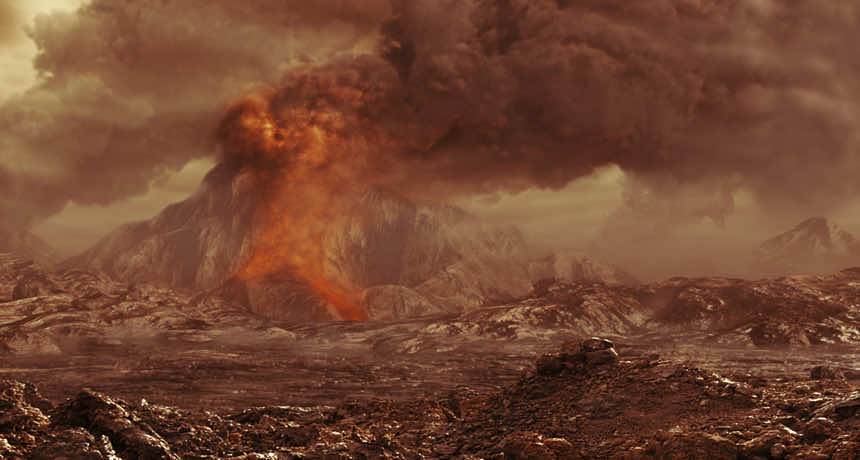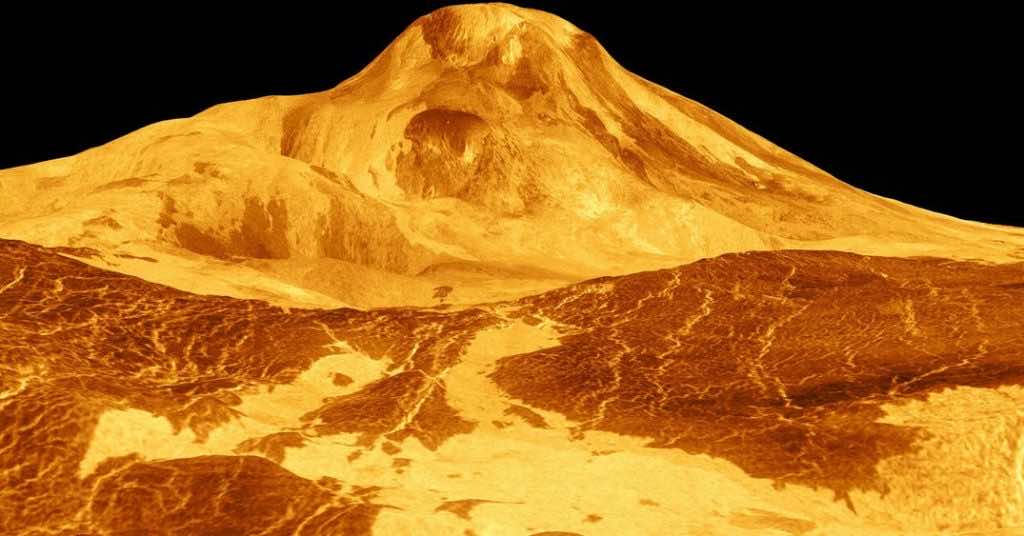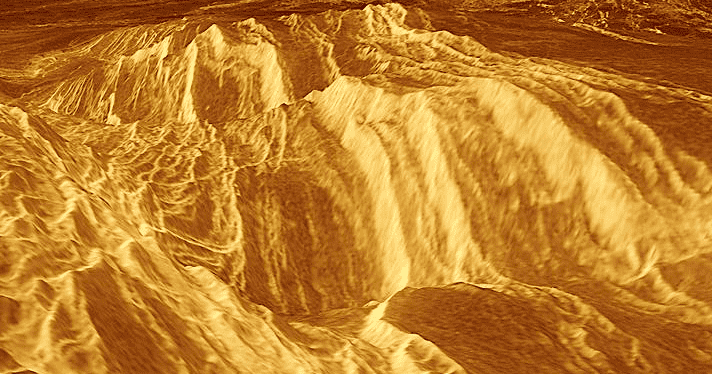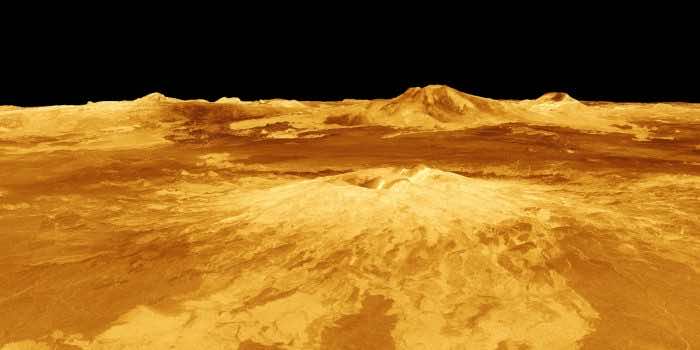For roughly a year, scientists have debated whether or not Venus has signs of life hidden in its clouds. The theory is based on traces of phosphine gas in its upper atmosphere, a sign of biological activity. Since on Earth, the gas can be a result of organic processes.
However, a team of researchers from Cornell University are leaving this hypothesis behind. Instead, they suggest that Venus’ phosphine is a cue for the presence of something entirely distinctive in nature. They argue that it may have made its way to the planet’s upper atmosphere by way of volcanic eruptions. And in a new paper, they want to settle things once and for all.

“The phosphine is not telling us about the biology of Venus,” said Jonathan Lunine, professor of physical sciences at Cornell, who co-authored a new study alongside doctoral geology candidate Ngoc Truong, in a statement. “It’s telling us about the geology. Science is pointing to a planet that has active explosive volcanism today or in the very recent past.”
According to the study published in the Proceedings of the National Academy of Sciences, the recent model proposes that “Venus might be subject to episodes of active volcanism and magmas originating deep in the mantle and brought up by plume volcanism,” according to the study published in the Proceedings of the National Academy of Sciences.

Truong said the active volcano hypothesis supports the radar images from the Magellan spacecraft in the 1990s showing some geologic features. Those images indicated that the Venusian surface is layered with volcano-like protrusions and lava channels.
“We do not think that deep mantle plume volcanism can produce sufficient amounts of phosphine to explain the observations,” MIT’s Janusz Petkowski, member of the phosphine discovery team, told the New Scientist. However, he also steered clear that the amount of phosphorous in the planet’s mantle is not yet identified.

“Unfortunately, we’re sitting here with these little hints of volcanism from all these pieces of circumstantial evidence, phosphine included,” Lunine told New Scientist. “We don’t know what Venus is capable of.”
NASA and European Space Agency are currently preparing three missions to Venus to study the planet’s atmosphere and geological history. However, till then, there is no definite understanding of the Venusian land.


